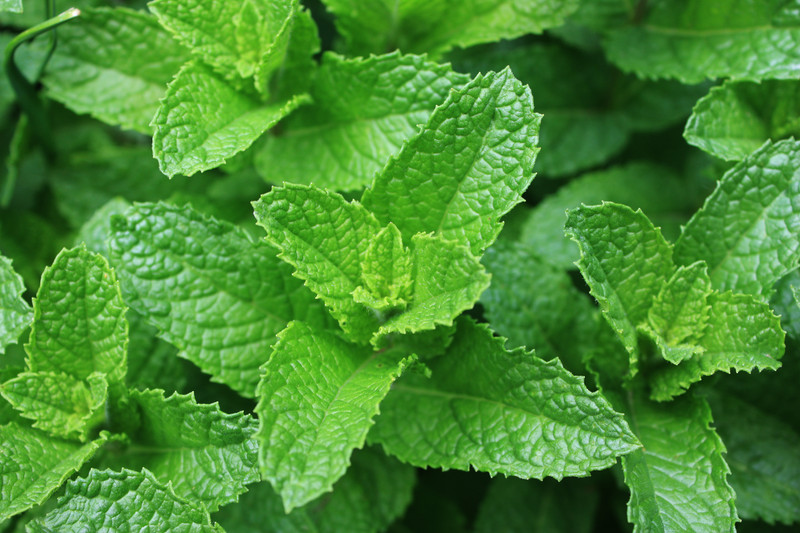
Cooling, refreshing, crisp and uplifting, Spearmint brings sweetness and joy after a long, dreary winter.
With many similarities to peppermint, Spearmint’s name comes from their spear-shaped leaf (or in some references to its spikey blooms), whereas peppermint has rounded leaves. Also, Spearmint is known as a gentler mint. It has been said that peppermint is a command, while spearmint is a suggestion. The difference is the menthol content. Peppermint has as much as 40% menthol, whereas Spearmint contains approximately 1%.
Spearmint may help with the following:
- Digestive Issues such as nausea and indigestion
- Nervous tension and stress
- Improved Memory
- Colds and congestion
- Muscle aches
- Headaches
Spearmint was valued in ancient Greece as an aphrodisiac as well as for its refreshing qualities, spreading the leaves on floors in homes and in bathwater. It even made it into their mythology, wherein a jealous goddess transformed her rival, a nymph known as Minthe, into a plant. From this mythology, Spearmint has come to be associated with metamorphosed beauty.
In the Middle Ages, Gilbertus Anglicus, a 13th-century physician, discovered and recommended Spearmint to freshen breath. Indeed, that use has carried on to this day in mouthwashes, toothpastes, and gum, as well as teas and in soaps.
Perfect Pairings:
Most citrus oils, other mints, Lavender, Chamomile, Rosemary, Jasmine or Ylang ylang.
For a Refreshing, uplifting yet relaxing blend, mix the following:
- 3 drops Lavender
- 2 Drops Spearmint
- 1 Drop Ylang ylang
Use in a diffuser or add to 2oz distilled water for a room spritz. Roll the spray bottle in your hands to warm and blend before spraying.

